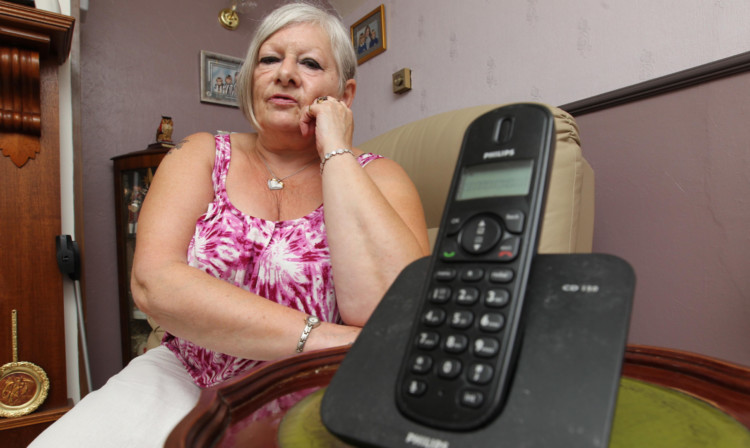
Thousands of families are falling victim to the ploys of rogue salesmen who illegally swap their telephone provider without telling them.
Campaigners have demanded tougher action be taken against unscrupulous companies which routinely break the law to win new custom.
Victims of “slamming” typically have a short telephone conversation with a telesales worker who then signs them up with their company without the customer’s agreement.
Often consumers only realise they have been scammed when their existing provider gets in touch to confirm their termination.
Damning new figures have revealed that there were approximately 1,200 cases of deliberate slamming recorded during 2013 by industry watchdog Ofcom.
And it found there were a further 1,000 cases of “erroneous” slamming in which people’s providers were swapped accidentally due to a technical fault.
Chi Onwurah MP, Labour’s shadow cabinet office minister, last night demanded a tougher crackdown on rogue firms.
“It is unacceptable that people should suffer this kind of aggressive and illegal behaviour from businesses and part of the problem is that the process for changing is still too complicated,” she said.
“It is too much in the control of the provider and not enough in the control of the consumer.”
The Newcastle Upon Tyne Central MP claims a Government-sponsored Consumer Rights Bill, which is currently passing through Parliament, should protect victims of slamming but she believes the proposals do not go far enough.
“They are changing the consumer environment by changing the powers of the Office of Fair Trading but they are not going far enough and we will be tabling amendments.”
The number of cases of slamming has decreased since tougher new laws, called “General Condition 24”, were introduced in 2010, which has seen average total complaints drop from 647 a month to 184.
David Hickson, of the Fair Telecoms Campaign, claimed slamming would continue because the telecoms market does not operate effectively. He said: “Slamming is a sad by-product of the anxiety about having a large degree of ‘churn’ in the market, with consumers regularly switching providers.
“The easier it is to switch, the easier it becomes to be slammed, both deliberately and accidentally.
“The Fair Telecoms Campaign fully supports the right of any consumer to switch providers, however we are concerned that the market should work for all consumers, not just those with the time and the energy to dedicate considerable effort to looking for the best deal and modifying their arrangements.”
A spokesman for Ofcom said: “We have established rules which prohibit all telephone companies from engaging in so-called ‘slamming’.
“Where we identify clear breaches of the rules, we can take enforcement action, and have powers to fine companies and require them to remedy the consequences of any breach.”
A Department for Business, Innovation and Skills spokesman said: “The Government has made a number of changes to make sure consumers are protected from unscrupulous practices.
“The Government is also acting to protect consumers from misleading and aggressive practices. Under our proposals, victims of this unscrupulous practice would be able to cancel the contract, get their money back and claim compensation.”

Enjoy the convenience of having The Sunday Post delivered as a digital ePaper straight to your smartphone, tablet or computer.
Subscribe for only £5.49 a month and enjoy all the benefits of the printed paper as a digital replica.
Subscribe